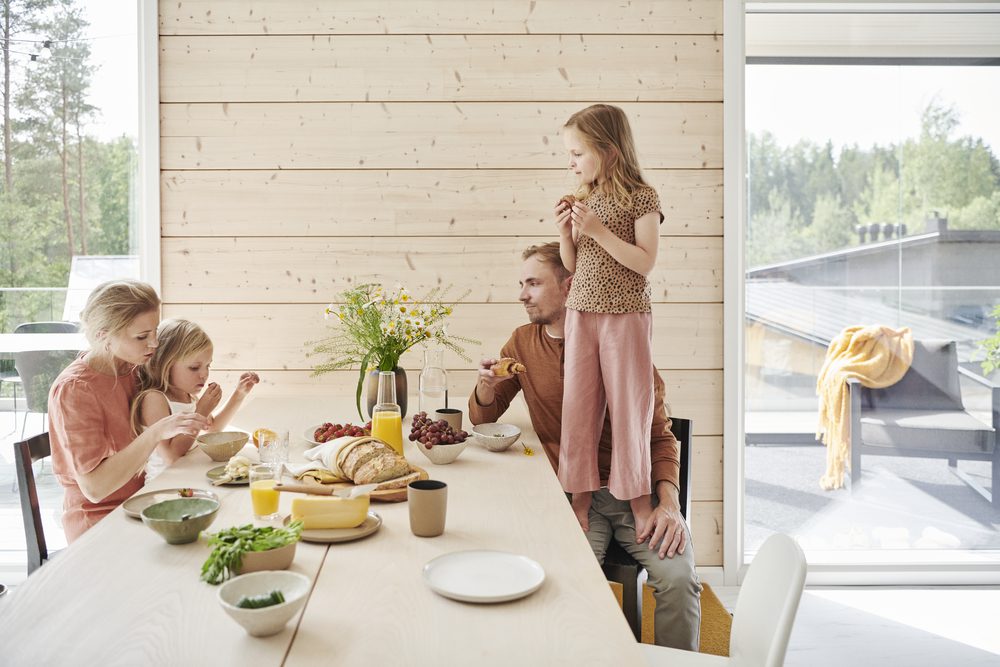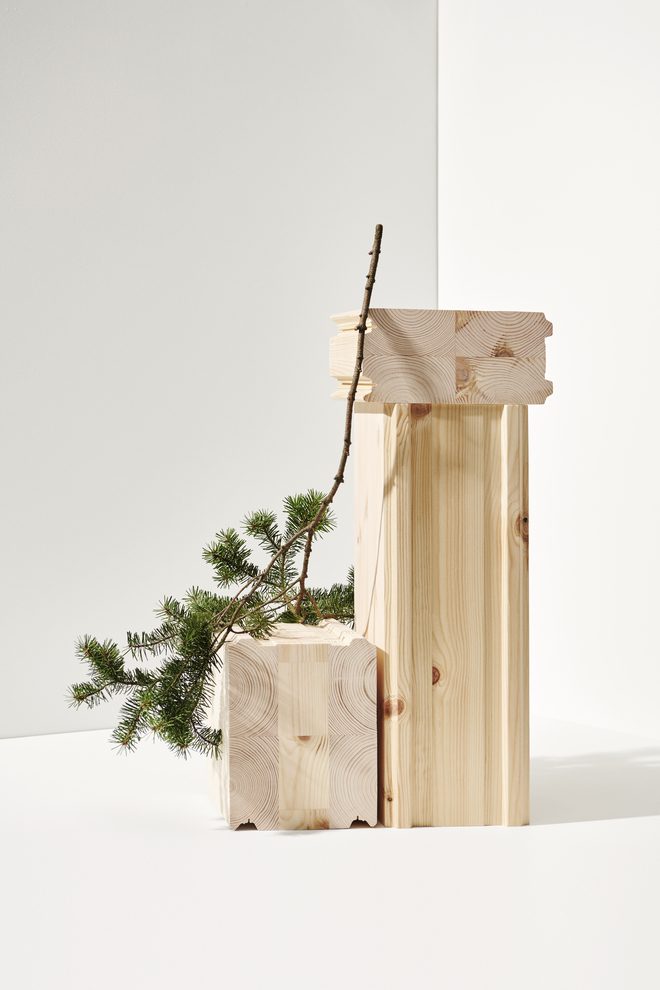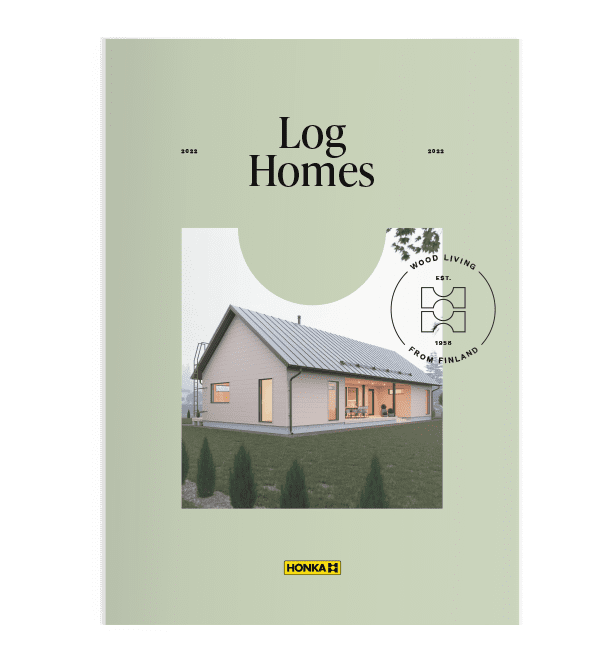When building a log house, there are two great choices: traditional pine logs, or spruce logs, which are becoming increasingly popular. We asked experts to explain the difference between the two.

Pine and spruce are the two most common tree species in Finland. Both grow well in nutrient-rich soil. Pine can withstand drought better, but there is very little difference in terms of growth.
Eino Hekali, product director
Pine logs are still favourite
Pine is the traditional choice for log houses, and still the number one preference. Back in the days when houses were built of round logs, pine was the obvious choice on account of its sturdiness and resistance to bending. Spruce is a trickier customer, since spruce logs are more prone to going out of shape.
“Today’s building materials have been developed further, with round logs having been replaced by rectangular lamellar logs. So thanks to technological advances, spruce has become a viable alternative alongside pine,” says Honka product director Eino Hekali.
Pine, unlike spruce, has dark and durable heartwood with a particularly high concentration of antibacterial substances.
“If only the heartwood was used for construction, pine would be better than spruce owing to its durability, as spruce has no heartwood. But because heartwood, as the name implies, is only in the centre of the log, pine and spruce are equally good.
There is no difference in their rate of growth either.
“Pine and spruce are the two most common tree species in Finland. Both grow well in nutrient-rich soil. Pine can withstand drought better, but there is very little difference in terms of growth.”
Differences in knot patterns
So if the quality or technical properties of pine and spruce logs are pretty much the same, which should you choose?
“It’s mostly a matter of looks,” says Hekali. The two types of wood have different knot patterns. Spruce has small knots, but there are more of them. Some people like this look. Pine has fewer knots, but they are bigger, which some people consider to create a calmer effect.
According to Honka’s Chief Architect Anne Mäkinen, the frequent, smaller knots and resin pockets may be the reason why pine is still the number one choice for many.
“If the wall facing south is a very dark tint, the surface temperature may rise to as high as 70 or even 90 °C. This extreme heat can cause resin to leak from the wood, but this can be avoided by choosing a lighter colour, so that the logs absorb less heat,” says Mäkinen.

Spruce stays light
Spruce is lighter in colour than pine. Untreated spruce reacts less to ultraviolet light than pine.
“Pine becomes darker than spruce when exposed to light. Spruce may be a good choice if you want to keep the surface untreated. With the proper surface treatment, the colour changes can be minimised effectively.
Modern UV protection products that breathe better make the surface less dark, bringing the two types of wood closer to each other in terms of their properties,” says Hekali.
According to Mäkinen, interior design trends have changed in recent years, and quite dramatically so.
“Although as recently as a decade ago log walls were painted in translucent white, these days people go for more natural alternatives and prefer the log surface to remain visible. This may have contributed to the growing popularity of spruce, which also retains its lighter colour for longer than pine.”

Modern UV protection products that breathe better make the surface less dark, bringing the two types of wood closer to each other in terms of their properties.
Eino Hekali, product director
Which logs for your house: pine or spruce?
- Pine and spruce are both common trees that grow well.
- When made into lamellar logs, they have equally good properties.
- Pine is a naturally antibacterial material.
- Pine has durable heartwood.
- Spruce is lighter in colour.
- Spruce retains its lightness better than pine.
- Darkening can be prevented with surface treatment.
- Spruce has plenty of small knots.
- Pine has fewer but bigger knots.
Planning to build or paint your own log house?
Read also our other FAQ-articles:
How can we help you?
Share your log home dreams with the nearest Honka representative. We will help you to realise them.
Get in touch


